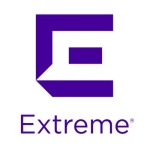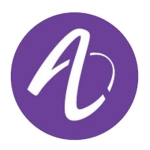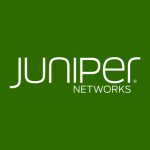What is our primary use case?
If clients want to avoid STP in their environment, which is usually the case with data center environments, and they want to use an active path, or have multiple paths going to the same resource. If they want to use them both, they use FabricPath. The solution is only supported on Nexus platforms, however. Users should aware of what they're using in the data center.
What is most valuable?
The ability to link simultaneously without user restrictions is the solution's most valuable aspect.
The solution offers very good documentation.
What needs improvement?
I personally haven't found anything that is lacking. However, it depends on the use case of the company. It's a good technology. It's only a small part of the complete DC architecture.
The pricing could be adjusted to make it easier to sell to clients.
For how long have I used the solution?
I've been working with the solution for a couple of years.
What do I think about the stability of the solution?
The solution offers quite good stability.
What do I think about the scalability of the solution?
In terms of scalability, we have not deployed it to huge data centers yet. We've only done small to medium-sized data centers and for this level of organization, scaling is fine. I can't speak to large deployments.
How are customer service and technical support?
The technical support we get from Cisco is excellent. It's the best in the industry. We're more than satisfied with the level of service they provide.
How was the initial setup?
The concept of the solution is easy to understand and Cisco does provide a lot of documentation to assist users. When it comes to deployment, our engineers have not run into any issues. I would describe the process as straightforward. It can be complex depending on the scenario.
Deployment typically takes two days if the prerequisites and everything else required is in place.
If the devices have been mounted, configuration takes no more than four to five hours.
What's my experience with pricing, setup cost, and licensing?
The pricing could be lower, which would make it easier to sell to clients. Cisco has an entire product line and a setup team, which looks at the marketing and how to position the product, and I believe they do take this into consideration when launching and pricing their products. That said, it would be helpful if the product was more competitive in the pricing category.
Which other solutions did I evaluate?
We've used other solutions with OEMs. We've used, for example, Juniper and TRILL. Which we ultimately use boils down to the implementation and the OEM.
What other advice do I have?
We're a reseller as well as a partner. We primarily deal with Cisco products at my organization. I have some knowledge of Aruba as well. FabricPath is Cisco's version of TRILL, an open-source version.
I work for a value-added reseller and we're also a system integrator. I work as a technical consultant and I'm more versed in the solution's details, rather than the implementation side of things.
Most of our customers range from SMBs to government sector organizations.
I'd advise others to do their due diligence and read up on the solution first. Everyone should go through the documentation and the tool before committing to the product. The implementation isn't too hard. It's more important to understand the underlying concepts and to design around that.
I'd rate the solution eight out of ten overall.
Which deployment model are you using for this solution?
On-premises
Disclosure: My company has a business relationship with this vendor other than being a customer: Reseller










